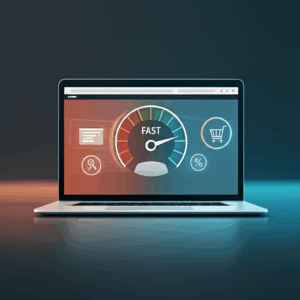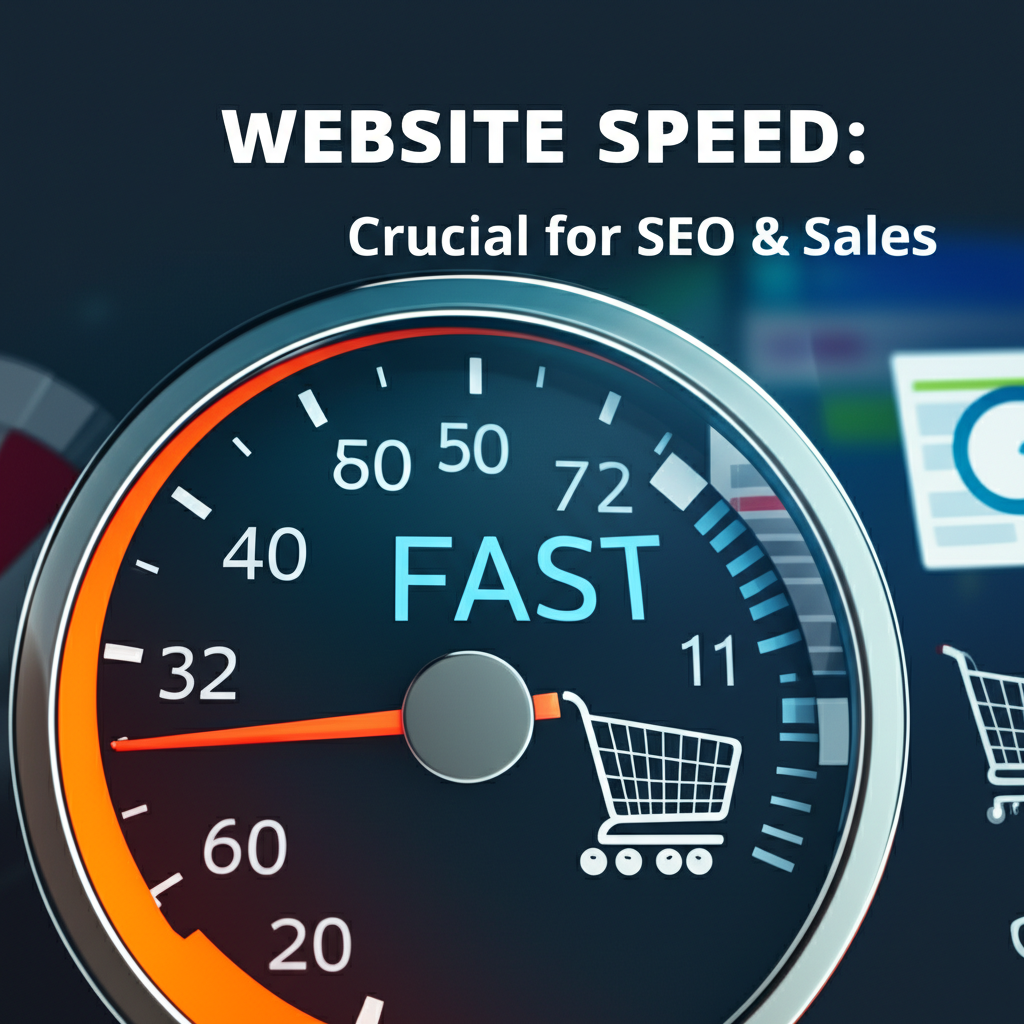- Why Website Speed Matters for SEO
- How Website Speed Affects Ranking
- Core Web Vitals and Their Impact
- Website Speed: A Critical Factor for Sales
- The Impact of Slow Loading Times on Sales
- Enhancing User Experience with Fast Loading Speeds
- Optimizing Your Website for Speed
- Image Optimization: Reducing File Sizes without Compromising Quality
- Leveraging Browser Caching: Storing Static Assets for Faster Retrieval
- Content Delivery Network (CDN) Implementation: Distributing Content Closer to Users
- Minimizing HTTP Requests: Reducing the Number of Files to Download
- Code Minification and Optimization: Streamlining Code for Faster Execution
Website Speed: Crucial for SEO & Sales
Website speed is a critical factor for both search engine optimization (SEO) and sales. In today’s fast-paced digital world, users expect websites to load quickly and efficiently. A slow website can lead to a poor user experience, increased bounce rates, and ultimately, lost revenue. Optimizing your website’s speed is no longer a luxury, but a necessity for online success.
Why Website Speed Matters for SEO

Google and other search engines prioritize user experience. A slow-loading website negatively impacts user experience, signaling to search engines that the site may not be providing the best possible experience. This can lead to lower rankings in search results, reducing organic traffic and visibility.
How Website Speed Affects Ranking
Website speed is a confirmed ranking factor. Google’s algorithms consider page load time when determining where a site appears in search results. Faster websites are more likely to rank higher, leading to increased organic traffic and potentially higher conversion rates. In mobile-first indexing, site speed is especially crucial as mobile users are often on slower connections.
Core Web Vitals and Their Impact
Core Web Vitals are a set of metrics focused on user experience that Google uses as ranking signals. These vitals include Largest Contentful Paint (LCP), First Input Delay (FID), and Cumulative Layout Shift (CLS). LCP measures how long it takes for the largest content element on a page to become visible. FID measures the time it takes for a page to become interactive. CLS measures the visual stability of a page. Improving these metrics directly impacts your website’s speed and SEO performance.
Website Speed: A Critical Factor for Sales
Beyond SEO, website speed directly influences sales and conversions. A slow website can frustrate visitors and lead to abandoned shopping carts and lost sales opportunities. Conversely, a fast-loading website provides a seamless user experience, encouraging visitors to browse, engage, and ultimately, make a purchase.
The Impact of Slow Loading Times on Sales
Studies show a strong correlation between page load time and bounce rate. A bounce rate refers to the percentage of visitors who leave a website after viewing only one page. A high bounce rate signifies a poor user experience and can negatively impact conversion rates. Even a one-second delay in page load time can result in a significant drop in conversions.
Enhancing User Experience with Fast Loading Speeds
A fast-loading website provides a positive user experience, making it easier for visitors to find the information they need, browse products, and complete transactions. This positive experience can lead to increased customer satisfaction, repeat business, and positive word-of-mouth referrals.
Optimizing Your Website for Speed
Improving your website speed requires a multi-faceted approach. Here are some key strategies to consider:
Image Optimization: Reducing File Sizes without Compromising Quality
Large image files are a common culprit for slow loading times. Optimizing images by reducing file sizes without sacrificing quality can significantly improve website speed. Techniques like compression, choosing the right file format (WebP is generally preferred), and using responsive images can make a substantial difference.
Leveraging Browser Caching: Storing Static Assets for Faster Retrieval
Browser caching allows your website’s static assets, such as images, CSS files, and JavaScript files, to be stored in the user’s browser. This means that when a user revisits your site, these assets can be loaded from their local cache, significantly speeding up the loading process.
Content Delivery Network (CDN) Implementation: Distributing Content Closer to Users
A CDN distributes your website’s content across multiple servers located around the world. This ensures that users can access your website from a server geographically closer to them, minimizing latency and improving loading speed.
Minimizing HTTP Requests: Reducing the Number of Files to Download
Each element on your website, including images, scripts, and stylesheets, requires a separate HTTP request. Minimizing the number of HTTP requests by combining files, using CSS sprites, and inline coding can significantly improve website speed.
Code Minification and Optimization: Streamlining Code for Faster Execution
Minifying and optimizing your website’s code by removing unnecessary characters and whitespace can reduce file sizes and improve loading speed. This process streamlines the code, making it faster for browsers to parse and execute.
By prioritizing website speed, you can significantly improve your SEO performance, enhance the user experience, and ultimately boost sales and conversions. Implementing these optimization strategies can transform your website into a high-performing platform that attracts visitors, engages customers, and drives business growth.











Leave a Reply